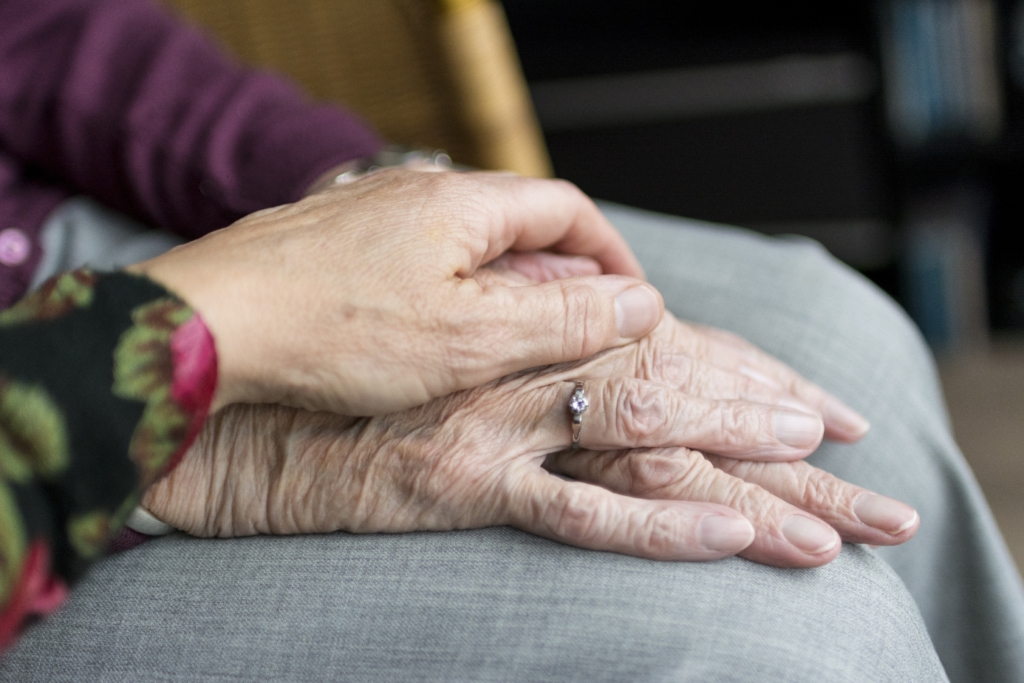Honoring the Past, Shaping the Future
This year marks a major milestone in American healthcare—60 years since the creation of Medicare and Medicaid.These two landmark programs have shaped how care is delivered and accessed across the country, providing coverage for more than 160 million people, including older adults, individuals with disabilities, and low-income families.
At CareAvailability.com, we recognize the profound impact these programs have had—not only on coverage but also on access, equity, and innovation.
When President Lyndon B. Johnson signed Medicare and Medicaid into law on July 30, 1965, the country took a bold step toward ensuring that age, disability, or income would no longer be barriers to healthcare. Originally, Medicare included Part A (Hospital Insurance) and Part B (Medical Insurance)—now referred to as Original Medicare—while Medicaid was designed to assist those receiving cash benefits.
Over the decades, these programs have evolved and expanded to reflect the changing needs of Americans:
- In 1972, Medicare began covering people under 65 with disabilities and individuals with end-stage renal disease (ESRD).
- In 2003, the Medicare Modernization Act introduced Part D, offering prescription drug coverage, and created Medicare Advantage Plans (Part C).
- Medicaid now supports a much broader group—including low-income families, pregnant women, individuals with disabilities, and people needing long-term care—with flexibility for states to tailor programs to their populations.
- In 1997, the Children’s Health Insurance Program (CHIP) was introduced, providing coverage for millions of children in working families who earned too much to qualify for Medicaid.
- The Affordable Care Act (ACA) of 2010 brought the Health Insurance Marketplace, expanded coordination between Medicare and Medicaid, and introduced new ways to deliver care more efficiently.
But the story of these programs is not just about expansion—it’s also about equity and transformation. Medicare played a critical role in the desegregation of hospitals, with over 90% of hospitals accepting Black patients within months of its passage. Medicaid has been a catalyst for coordinated care models and home- and community-based services, improving outcomes and offering alternatives to institutional care.
Today, these programs continue to adapt. Telehealth, remote monitoring, and data-driven systems are helping providers reach more people more effectively. In recent months, CMS (Centers for Medicare & Medicaid Services)has:
- Tackled large-scale healthcare fraud, protecting both patients and public trust.
- Implemented reforms to improve prior authorization processes.
- Invested in real-time data tools to modernize oversight and support better decision-making.
At CareAvailability.com, we are committed to building on this legacy. Our platform provides a comprehensive, transparent resource to help families navigate care options with clarity—no referral fees, no barriers, and no hidden costs. We include all licensed providers, and anyone can search, filter, and connect directly with communities and care agencies in real time.
As we reflect on 60 years of Medicare and Medicaid, we also look forward. We invite our partners, providers, and community members to mark this moment not just with celebration, but with action—to continue driving innovation, eliminating waste, and ensuring these essential programs remain strong for generations to come.
To learn more about the history and future of Medicare and Medicaid, visit https://www.cms.gov/about-cms/who-we-are/history











